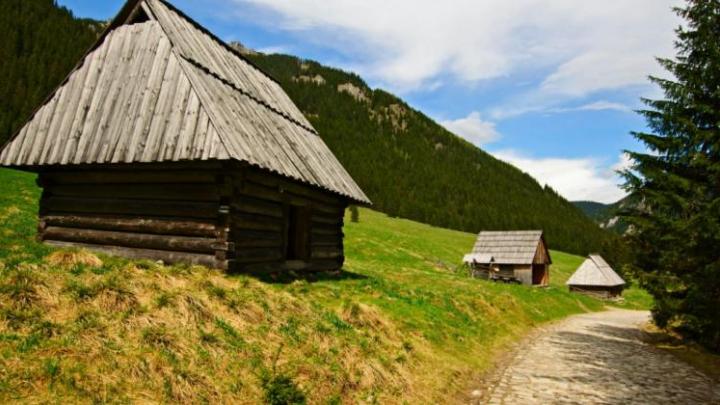pmcdonald
Well-Known Member
Great discussion here around the subject.
It's got to be a penny pinching exercise from the manufacturers, right? For light recreational riders - the vast majority of users maybe? - all of these tyres would do fine. I've transferred them to non powered bikes that don't get much use and they're been fine on those.
For more enthusiastic riders - we're all in that group, right? - you'll be riding a whole lot more kilometres and you may well be swapping tyres at some point anyway. The more into a pastime you are, the more likely you're going to roll your sleeves up and start customising things. So no point a manufacturer decking bikes out with niche, top of the line tyres when the vast majority of users won't want or need the protection, perhaps? As Stefan and Cowlitz pointed out we've all got unique puncture challenges: goatheads, broken glass in my case, perhaps unexploded ww2 ordinance in Stefan's?
On my commuter I'm happy with the Marathons but they do come at the expense of ride comfort and road feel - they're very dull, heavy tyres. I can live with that trade-off because I've spent precisely zero minutes on the side of the road changing flats and missed zero meetings at work. If you value weight, ride feel or rolling resistance above the motor cutoff you may be searching for a different trade-off.
Yeah, they probably should. My three Ebike purchases all came with substandard OEM tyres: some Kendra commuter things, Giant Gravel Crosscut 2s, and Kendra Regoliths. All three had punctures within a couple of weeks.My point is, the bike should have come from the factory equipped with this type of tire.
It's got to be a penny pinching exercise from the manufacturers, right? For light recreational riders - the vast majority of users maybe? - all of these tyres would do fine. I've transferred them to non powered bikes that don't get much use and they're been fine on those.
For more enthusiastic riders - we're all in that group, right? - you'll be riding a whole lot more kilometres and you may well be swapping tyres at some point anyway. The more into a pastime you are, the more likely you're going to roll your sleeves up and start customising things. So no point a manufacturer decking bikes out with niche, top of the line tyres when the vast majority of users won't want or need the protection, perhaps? As Stefan and Cowlitz pointed out we've all got unique puncture challenges: goatheads, broken glass in my case, perhaps unexploded ww2 ordinance in Stefan's?
On my commuter I'm happy with the Marathons but they do come at the expense of ride comfort and road feel - they're very dull, heavy tyres. I can live with that trade-off because I've spent precisely zero minutes on the side of the road changing flats and missed zero meetings at work. If you value weight, ride feel or rolling resistance above the motor cutoff you may be searching for a different trade-off.

